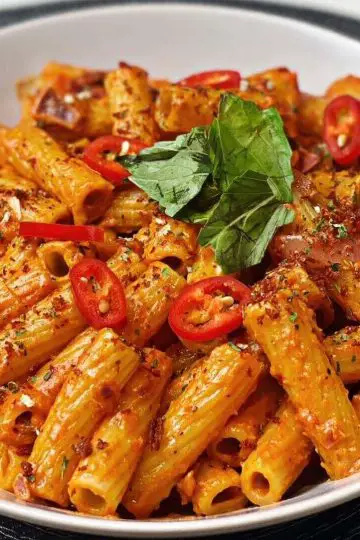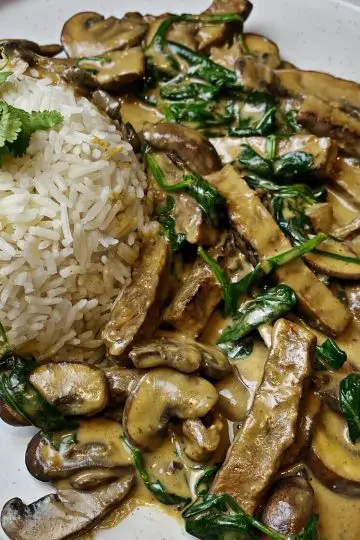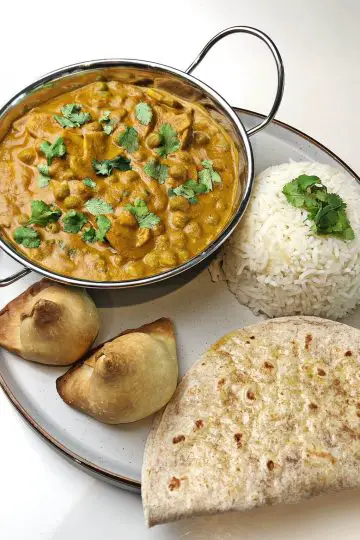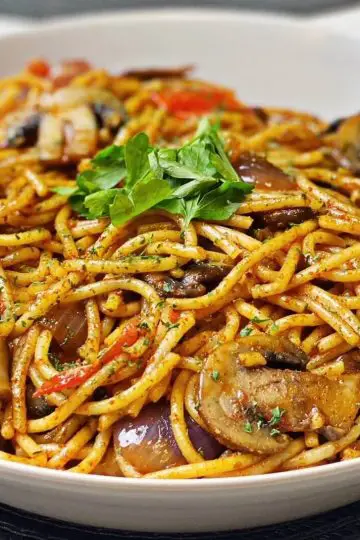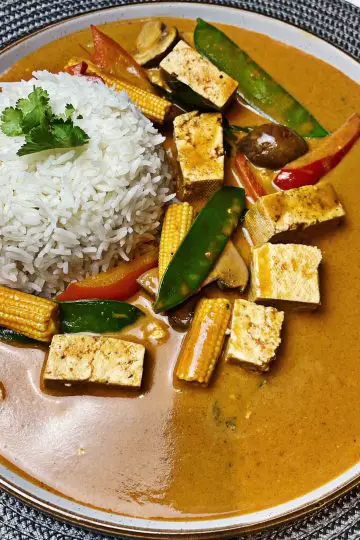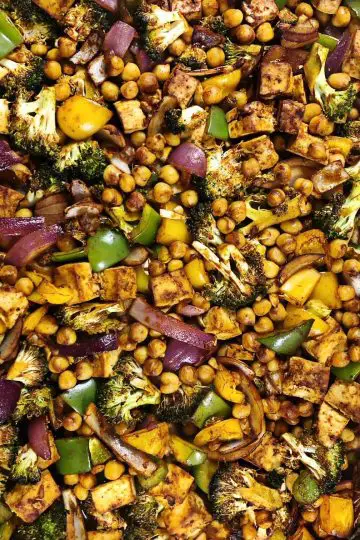The questions that have plagued humankind since the dawn of time: “Where do vegans get their protein?”, “How do vegans make sure they get enough protein?” and “Which vegan foods are high in protein?”. Well, maybe not since the dawn of time, but certainly since the rise of veganism in the 2000s.
Even with the rise in knowledge on plant-based nutrition and ease of accessing information, this question still remains unsolved for certain people. Perhaps due to the spreading of misinformation from the meat, dairy and egg industry?
The truth of the matter is, there are so many great vegan protein options which are healthy, nutritious, easy to find and simple to prepare. If you are getting the requisite amount of calories in per day, you will almost certainly be getting in an adequate amount of protein without even knowing it! No need to be cruel to the animals – cut out the middle man and get your protein from plants.
As I wish to give practical advice and cover the best protein sources for a vegan diet, I have split the list into a top 10 list for whole plant foods (which should be the staples of a vegan diet) and top 5 list for processed foods (nice to haves every now and then).
It’s time to dispel the protein myth once and for all.
Let’s get into the top 15 vegan sources of protein!
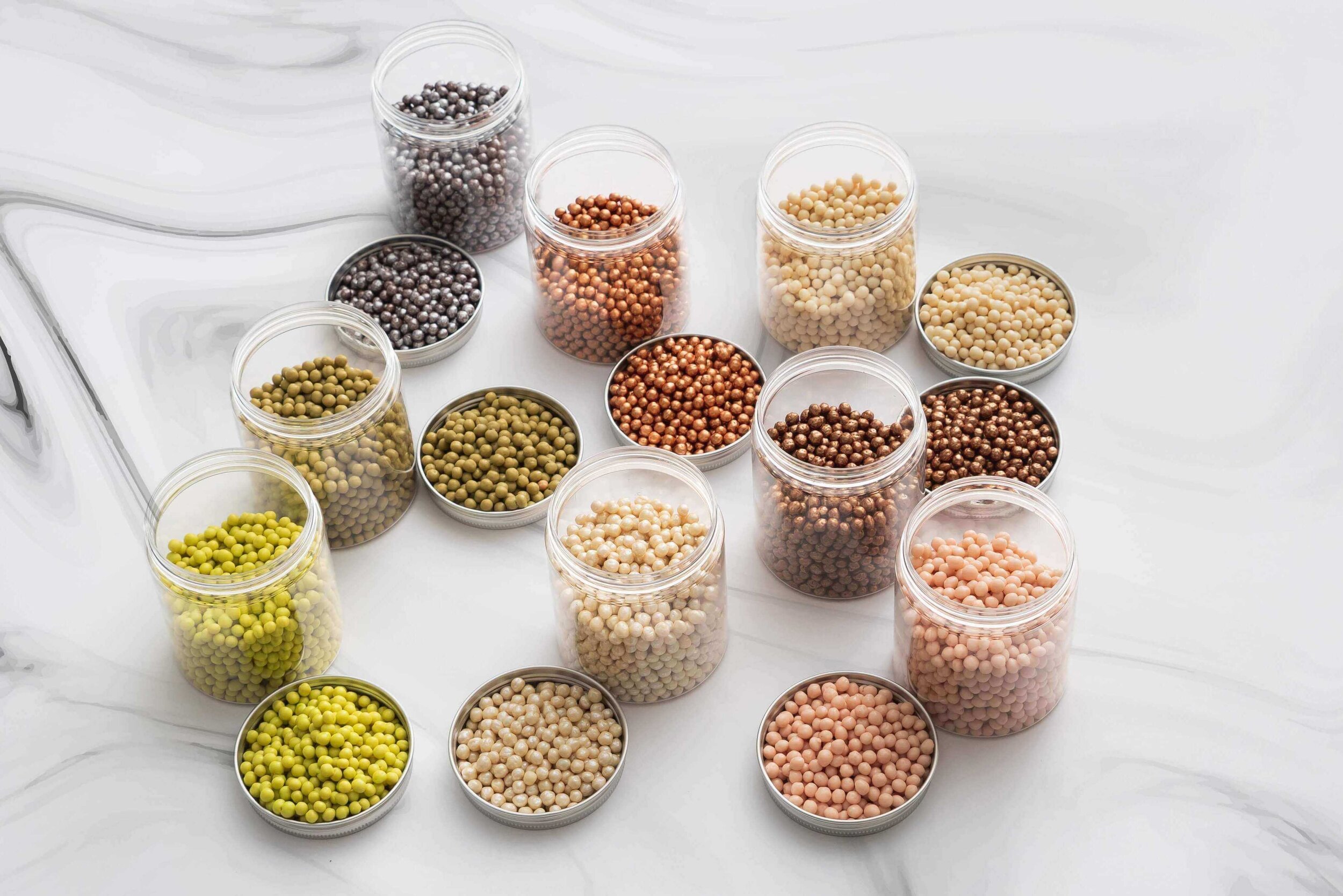
Top 10 Whole Food Sources of Vegan Protein
1: Nutritional Yeast
Protein content: 60 grams
Probably didn’t expect this to top this list, right? Nutritional yeast is an amazingly protein-dense product made from deactivated Saccharomyces cerevisiae yeast.
In addition to providing 60 grams of protein per 100 grams, nutritional yeast contains significant amounts of B vitamins – including the illusive Vitamin B12. Here is a quick snapshot of its amazing nutritional benefits:
Vitamin B1: 3600% DV | Vitamin B2: 3200% DV | Vitamin B3: 1400% DV | Vitamin B5: 600% DV | Vitamin B6: 2800% DV | Vitamin B12: 800% DV | Folate: 800% DV | Selenium: 200% DV | Zinc: 120% DV | Fibre: 80% DV
Nutritional Yeast is quite versatile and can be easily added to make any of your favorite vegan recipes even more nutritious. It can be used to make vegan cheese sauces, as a parmesan replacement for pastas and as seasoning for roast vegetables. However the best use of Nutritional Yeast for mind is in Tofu Scrambles. Try it, you won’t regret it.

2: Soy Beans (inc. Tempeh & Tofu)
Protein content: up to 36 grams
Soybeans are a naturally rich source of protein and are also a “complete” protein (being a protein source which contains all 9 essential amino acids). They are also a rich source of healthy fats, fibre, and several important vitamins, minerals and beneficial plant compounds.
There are many soybean-derived products which exist and would be too vast to name. In this blog, we have separated the whole food and fermented soybean varieties in this top 10 list (which are naturally higher in nutritional content), with the more processed forms of soy-based foods in our top 5 list below. Here are the protein content for some of the most common whole-food soybean products on the market:
Soy beans: 36 grams | Natto: 19.40 grams | Tempeh: 17 grams | Extra Firm Tofu: 17 grams | Miso: 12.29 grams | Edamame: 8 grams | Soy Milk: 3.22 grams
You may have heard some people raise concerns when it comes to soy. However it is important to note that these concerns are not supported by a strong body of evidence. Conversely, there has been solid research which shows the positive health effects of soy consumptions – such as lowering LDL (bad) cholesterol and raise HDL (good) cholesterol [3, 4], lowering the risk of heart disease [5, 6] and lowering the risk of certain types of cancer [7, 8, 9, 10, 11], just to name a few.
And for men who have heard that the isoflavones exert estrogen-like effects in soy causes a reduction of sex hormone-binding globulin (SHBG), free T, and free androgen index (FAI), check out this meta-analysis which has concluded that soy foods do not alter these hormones [12]. So no need to fear, soy is all right!

3: Seeds
Protein content: up to 31 grams
When thinking about foods in the plant kingdom that are high in protein, it would be understandable that you might miss these tiny seeds as one of the richest vegan protein foods we have on this planet.
A large variety of seeds contain high levels of vitamins, minerals, Omega 3 fatty acids, antioxidants and various other beneficial plant compounds [1], which make them an important part of a healthy and balanced diet. Here are a handful of protein-rich seeds for you to try out:
Hemp Seeds: 31.6 grams | Pumpkin Seeds: 29.8 grams | Sunflower Seeds: 20.8 grams
Flaxseeds: 18.3 grams | Sesame Seeds: 17.7 grams | Chia Seeds: 17 grams
Best part about seeds? They are incredibly easy to add to the meals that you already know and love – so there is no reason why you shouldn’t sprinkle some in your next smoothie, baked product or dip (sesame seeds = awesome tahini).
Be mindful to choose seeds which are raw, as any type of roasting or blanching of seeds can reduce its nutritional benefits.
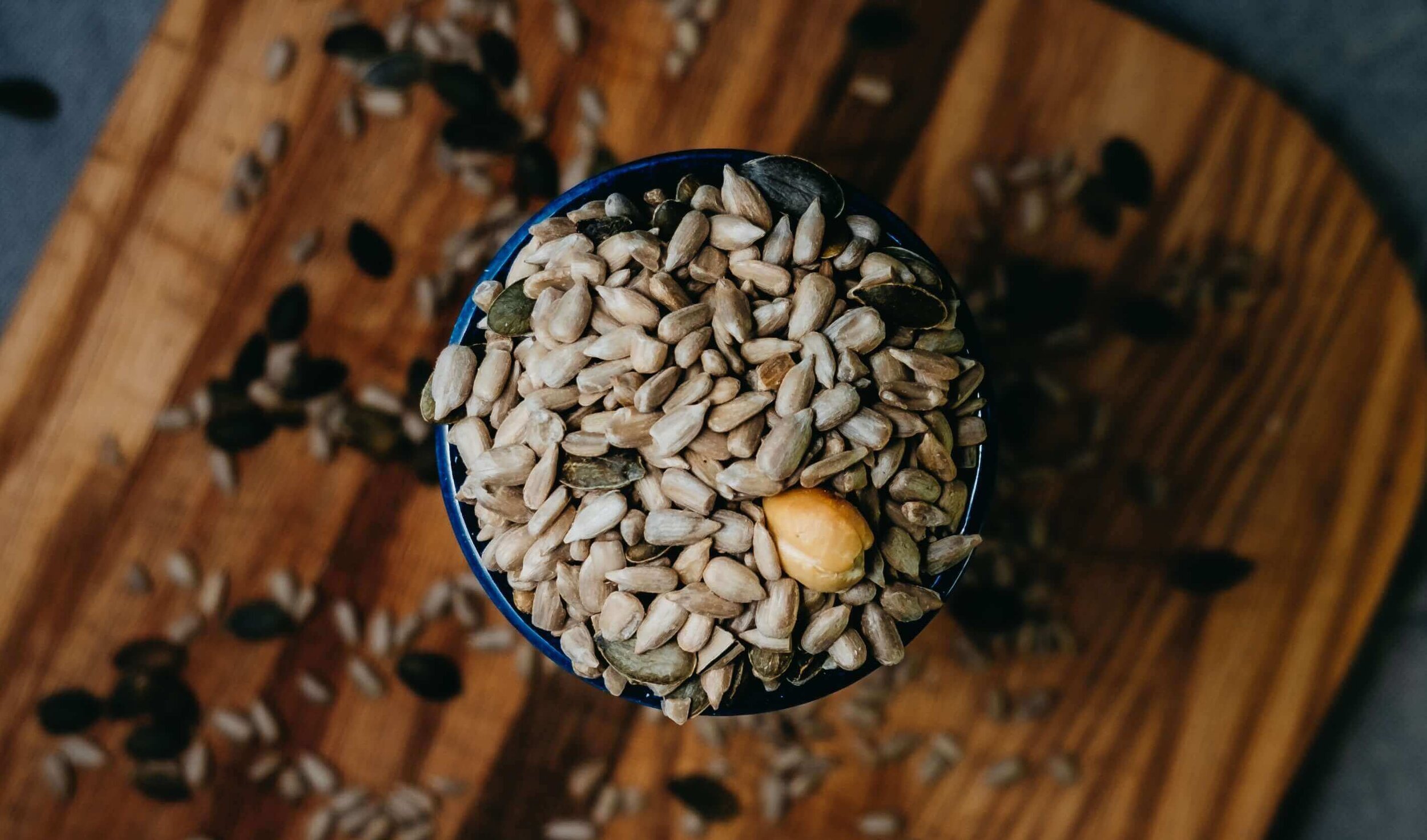
4: Nuts
Protein content: up to 26 grams
Nuts are among the best sources of vegan protein and may help prevent health risk factors, such as inflammation, for some chronic diseases [2].
It is known that nuts are a great source of healthy fats, but they are also great sources of fibre, iron, calcium, magnesium, selenium, phosphorus, vitamin E, certain B vitamins, antioxidants and amino acids. Here at the top 6 nuts in terms of protein content:
Peanuts: 25.8 grams | Almonds: 21.15 grams | Pistachios: 20.16 grams
Cashews: 18.22 grams | Walnuts: 15.3 grams | Hazelnuts: 15 grams
Nuts in their natural raw form are always the healthiest way to consume them. However there are many different varieties of nut products (such as natural nut butters, milk, trail mixes and powders) that you can choose to boost the amount of protein in your diet. Couldn’t be easier!

5: Oats
Protein content: 13 grams
There is no doubt that oats are one of the healthiest grains we have. Luckily, it is also the most accessible and cheapest on the market and perfect to include every morning for breakfast.
Oats are a nutritionally well-balanced and provide a host of health benefits – such as their rich antioxidants that lower blood pressure and reduce inflammation [13, 14], reduce LDL and total cholesterol levels [15] and increase the growth of good bacteria in the digestive tract [16]. Here is a breakdown of some of the notable vitamin and mineral contents of oats:
Calories: 379 | Carbs: 67.70 grams | Fat: 6.52 grams
Manganese: 181.5% DV | Selenium: 41.3% DV | Phosphorous: 41% DV | Fibre: 40.4% DV
Magnesium: 34.5% DV | Vitamin B1: 30.3% DV | Zinc: 24.3% DV | Iron: 23.6% DV
You may be wondering why the other types of grains aren’t included here, such as brown rice, quinoa and ancient grains. Whilst these are tremendously healthy and should be consumed as part of a healthy diet (in particular, quinoa as it is a “complete protein”), they do not quite pack the same punch in terms of protein as the others on this list, as they range from approximately 3-5 grams of protein per 100 grams. By comparison, even pasta at 6 grams has more protein than brown rice, quinoa and ancient grains (although not the overall healthier option).

6: Lentils
Protein content: 9 grams
One of the staple foods for any vegan diet. Whilst the protein content is fairly similar between each type of lentil when cooked, they each have their own unique combination of phytochemicals – many of which protect against chronic diseases [17, 18] and are also known to have strong antioxidant, anti-inflammatory and neuroprotective effects [19].
The beauty of lentils lies in their broad range of nutritional benefits, such as:
Calories: 116 | Carbs: 20.13 grams | Fat: 0.38 grams
Fibre: 23.4% DV | Folate: 45.3% DV | Iron: 18.5% DV
Manganese: 24.7% DV | Phosphorous: 18% DV | Copper: 12.6% DV
Lentils are relatively inexpensive and are easy to prepare, making them a great daily addition to your diet.
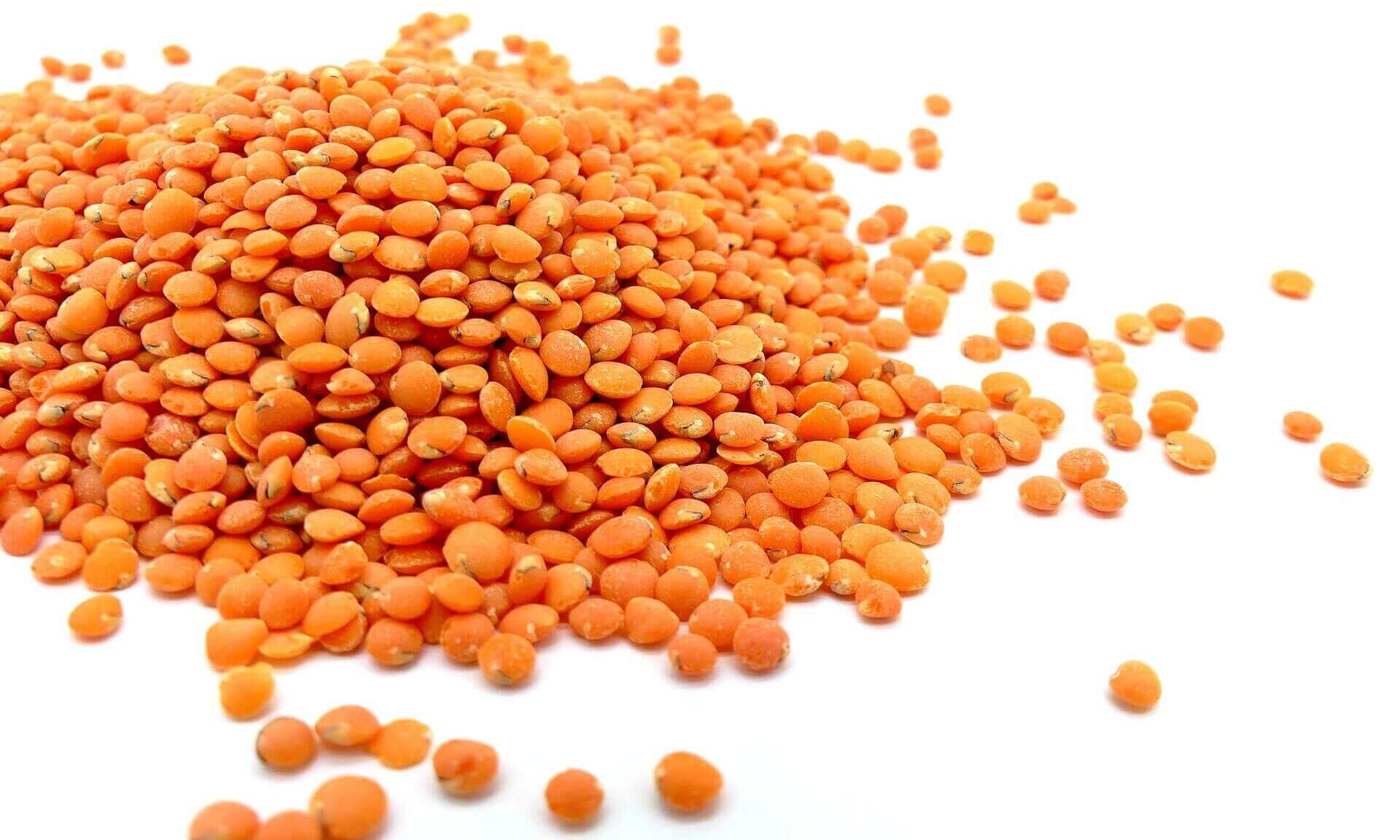
7: Beans
Protein content: 9 grams and lower
No such list would be complete without mentioning beans (other than the aforementioned mighty soy bean). In addition to being high in protein, beans are a good source of complex carbs, B vitamins, iron, fibre, folate, potassium, manganese, antioxidants and phytonutrients. There is also growing evidence showing that high consumption of beans can decrease cholesterol, lower blood pressure and regulate blood sugar levels and increase healthy gut bacteria [20, 21, 22, 23].
Here are some of the most popular and accessible beans on the market for protein content:
Chickpeas (Garbanzo Beans): 8.86 grams | Large White Beans: 8.47 grams | Black Beans: 8.23 grams
Navy Beans: 8.2 grams | Kidney Beans: 7.98 grams | Black-Eyed Beans: 7.36 grams
With such a variety of beans with different tastes and textures, you will be sure to find ones (if not all) that you will enjoy and can easily incorporate into your favourite meals – such as vegan chilli!

8: Red and Black Rice
Protein content: up to 9.9 grams
Whilst white, brown and wild rice, quinoa and ancient grains are common sides to many dishes, it is important to highlight that red rice and black rice have much higher amounts of protein than all of these.
It is not only protein content where red and black rice have tremendous benefit to the human body. They also are an incredible source of a wide range of antioxidants, including anthocyanins apigenin, myricetin, and quercetin, and have great anti-inflammatory properties. These antioxidants protect the cells from damage caused by an excess of molecules called free radicals, which contribute to a condition known as oxidative stress that been associated with the progression of chronic conditions, such as heart disease, certain cancers and mental decline [24, 25, 26]. Here is a snapshot of the key macronutrients and micronutrients of black rice:
Calories: 342 | Carbs: 64 grams | Fat: 3.4 grams
Manganese: 138.75% DV | Magnesium: 28.6% DV | Phosphorous: 28.29% DV
Vitamin B1: 28.16% DV | Vitamin B6: 27.27% DV | Vitamin B3: 20.16% DV | Copper: 20.78% DV
It should be noted that red and black rice are dense grains and do not absorb the flavors surrounding them as well as the aforementioned rice and grains, but they are a great options for buddha bowls and various Mexican dishes. Try to fit them in anywhere you can – your body will thank you!

9: Split Peas
Protein content: 8 grams
Whether you have green or yellow split peas in soups or curries, these will provide you with similar amounts of protein as lentils and beans. They are great for lowering your cholesterol through their high fibre content, improve heart health, regulate blood sugar levels and lower the risk of certain cancers due to their isoflavone content (as previously mentioned).
They are also low in calories and great source for B Vitamins and minerals, namely:
Calories: 118 | Carbs: 21.10 grams | Fat: 0.39 grams
Fibre: 42.6% DV | Manganese: 19.8% DV | Folate: 16.3% DV
Vitamin B1: 12.7% DV | Potassium: 10.3% DV | Magnesium: 9% DV

10: Green Garden Peas
Protein content: 5.15 grams
Last but not least come the green garden peas.
Where green peas stand out compared to the other foods in this list is in its rich source of vitamins A, K and C . They are extremely low in calories, carbs and fat, but still satiating given their high fibre and protein content. Here are some of the nutritional benefits of green peas:
Calories: 78 | Carbs: 21.10 grams | Fat: 0.27 grams
Vitamin A: 42% DV | Vitamin K: 30% DV | Vitamin B1: 18.9% DV
Vitamin C: 16.5% DV | Folate: 14.8% DV | Manganese: 14% DV
I will admit that green peas are one of my personal staples and can be added to many dishes to give it a nutritional boost. So go on, spread a can of peas in your next meal!
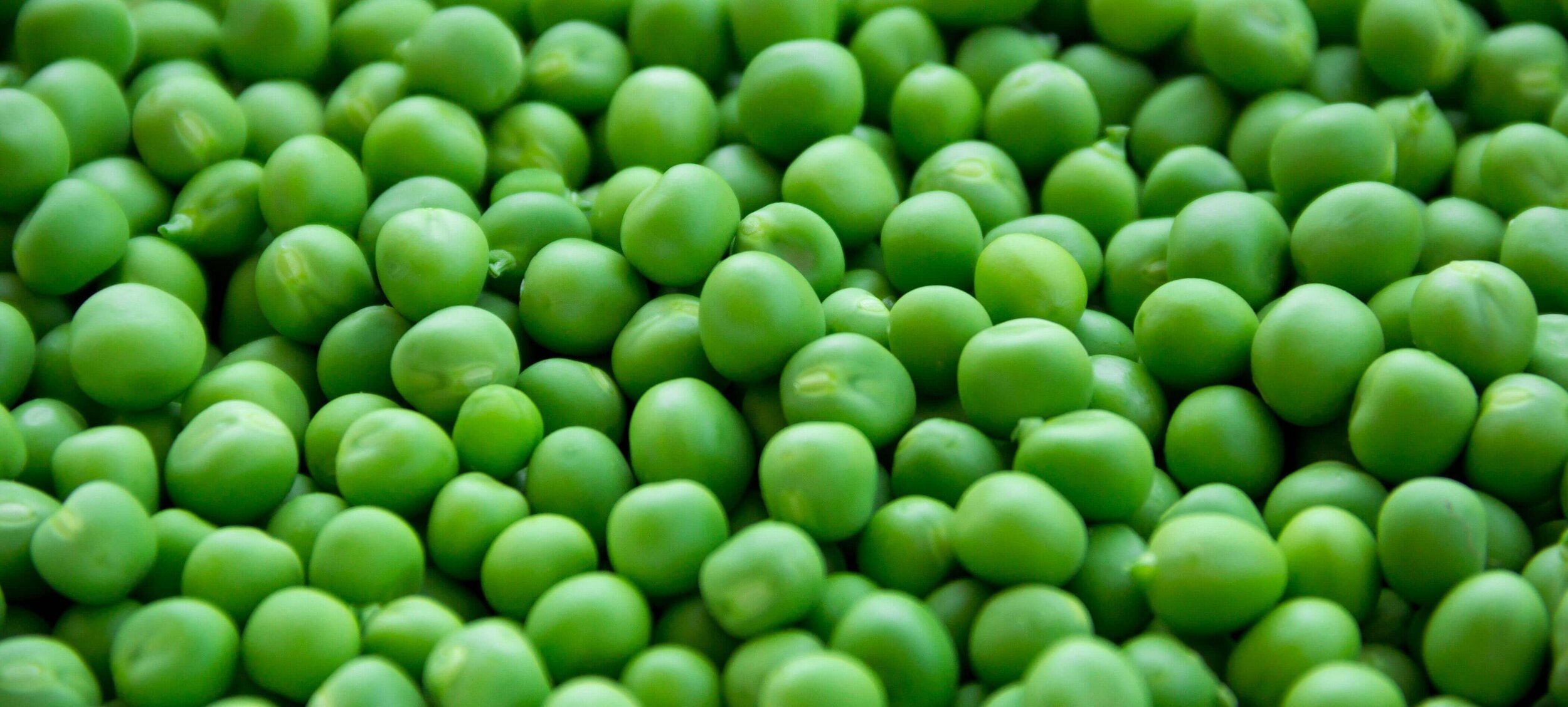
Top 5 Processed Sources of Vegan Protein
1: Textured Vegetable Protein (TVP)
Protein content: 52g
You may not have heard of TVP before, but gram for gram, it is one of the highest sources of vegan protein. TVP is made from defatted soy flour that has been cooked under pressure and then dried into nugget or chunk sized shapes.
TVP has roughly double the amount of protein as meat per 100 grams (another big win for vegan protein vs meat). It is also a complete protein (containing all 9 essential Amino Acids) given that TVP is made from soy flour. In addition to its fantastic protein content, it is low in calories, contains 0% fat and is high in minerals such as calcium, iron, magnesium, phosphorous and potassium.
Calories: 360 | Carbs: 36 grams | Fat: 0 grams | Fibre: 71% DV | Magnesium: 68.6% DV
Phosphorous: 57.6% DV | Potassium: 54.7% DV | Iron: 44.4% DV | Calcium: 19.1% DV
TVP is pretty flavourless, so it is very versatile and can easily absorb the flavors of the recipe to which it is added.
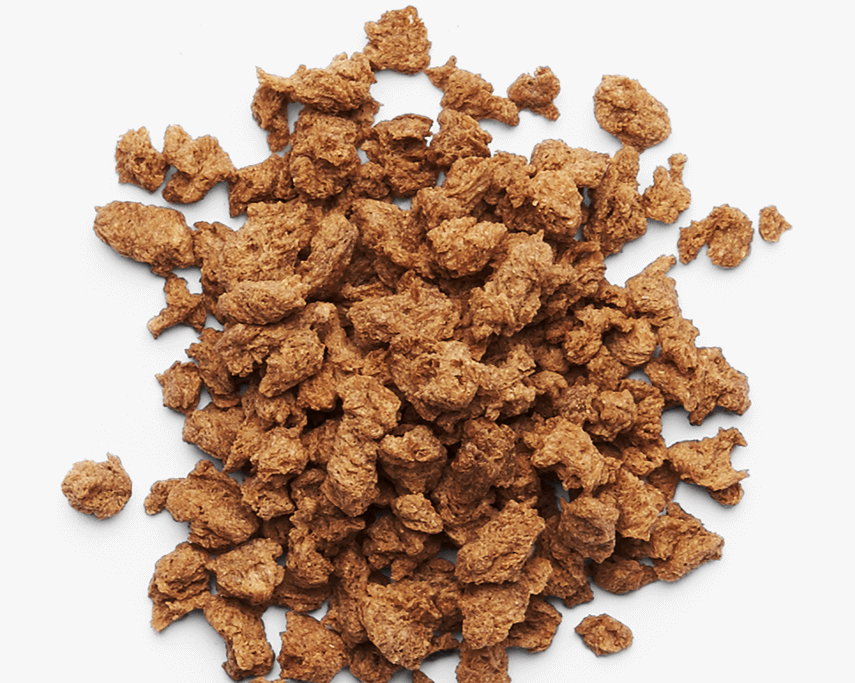
2: Bean Pasta
Protein content: up to 48 grams
Gone are the days of only having wheat or egg based pastas. There are now a range of pastas made from beans and legumes such as pea, lentils, chickpeas, black beans, mung beans and edamame – which make them a great option for people who are gluten intolerant.
The nutritional profile of each type of pasta does vary slightly, but what they share in common is being the healthier alternative as compared to traditional pastas. They are a great source of protein, fibre, iron and calcium, all while being lower in calories and carbs than traditional pastas. Below is an example of Edamame pasta’s nutritional profile for reference:
Calories: 375 | Carbs: 37.50 grams | Protein: 42.86 (85.7% DV) | Fat: 3.75 grams
Fibre: 78.6% DV | Vitamin C: 98.2% DV | Iron: 53.6% DV | Calcium: 23.2% DV
3: Seitan
Protein content: 25g
Seitan is a popular meat alternative which is made from wheat gluten. Therefore it is not suitable for people with gluten intolerance, but a good alternative for those with soy allergies.
Not only is it a great source of plant protein (roughly the same percentage amount as meat), but it is extremely low in carbs and fat and a good source of iron.
Calories: 129 | Carbs: 5.5 grams | Fat: 0.7 grams | Iron: 10.5% DV
The texture is quite dense and does not have a strong flavour to it, making it quite a versatile substitute that can be used in a variety of dishes to boost the protein content.

4: Plant-based meat alternatives
Protein content: up to 24 grams
This list would not be complete without mentioning the various plant-based meat alternatives we currently have on the market. There are many different ways these producers construct plant-based meat alternatives, but they all have quite a high protein content. Here is the protein content of some of the big name vegan burgers currently in the market:
Impossible Burger Patty: 23.9 grams | The Meatless Farm Co: 21.8 grams
Beyond Meat Burger Patty: 17.7 grams | Gardein: 17.65 grams | Quorn: 17 grams
Curious about the other nutritional benefits of these plant-based meat alternatives and why vegans eat them? Then check out my previous blog regarding the 5 Reasons Why Vegans Eat Fake Meat.
5: Breads made from sprouted grains and legumes
Protein content: 11.76 grams
Breads made from sprouted whole grains and legumes, such as ezekiel bread, have a higher nutritional profile compared to standard types of bread. The sprouting of these whole grains and legume enhances the protein, soluble fibre, folate, vitamin C, vitamin E and beta-carotene content of the bread [27]. Additionally, sprouting increases the bread’s amino acid content, in particular, the amino acid Lysine which is a limited amino acid in many plants [28]. This bread is also lower in calories and carbohydrates than standard types of bread. Here is an example of the nutrient profile of ezekiel bread:
Calories: 235.29 | Carbs: 41.18 grams | Fat: 1.47 grams | Fiber: 35.3% DV
Vitamin B1: 23.5% DV | Phosphorous: 23.5% DV | Magnesium: 17.6% DV | Iron: 11.8% DV | Zinc: 11.8% DV
The inclusion of these types of bread compared to standard types of bread is a great way to make your current sandwich healthier and ensure that, combined with other plant foods, you are obtaining the essential amino acids to improve your protein synthesis, tissue repair and nutrient absorption.
Bonus Sources of Vegan Protein
I’ve also included a bonus list of foods which are very high in protein, but are not everyday foods or foods that you would not eat enough of to obtain your desired level of protein.
These types of algae are, surprisingly, one of the top source of protein of any food in the world at 58 grams per 100. It also is a “complete protein” which contains all 9 essential amino acids!

- Nori Seaweed – 40 percent Who would have thought that so many plants from the ocean would be so high in protein? In addition to the algae above, nori seaweed also contains an absurd amount of protein at 40 grams per 100 – higher than all forms of meat, eggs and dairy.

- Cocoa powder – 28 percent Another place that you would not expect to find protein. Cocoa has a good amount of protein, which is at the same levels of certain types of meat. I would not recommend now shoveling down dark chocolate to get your protein – but is fascinating to note that even plant sources like cocoa are great for protein!
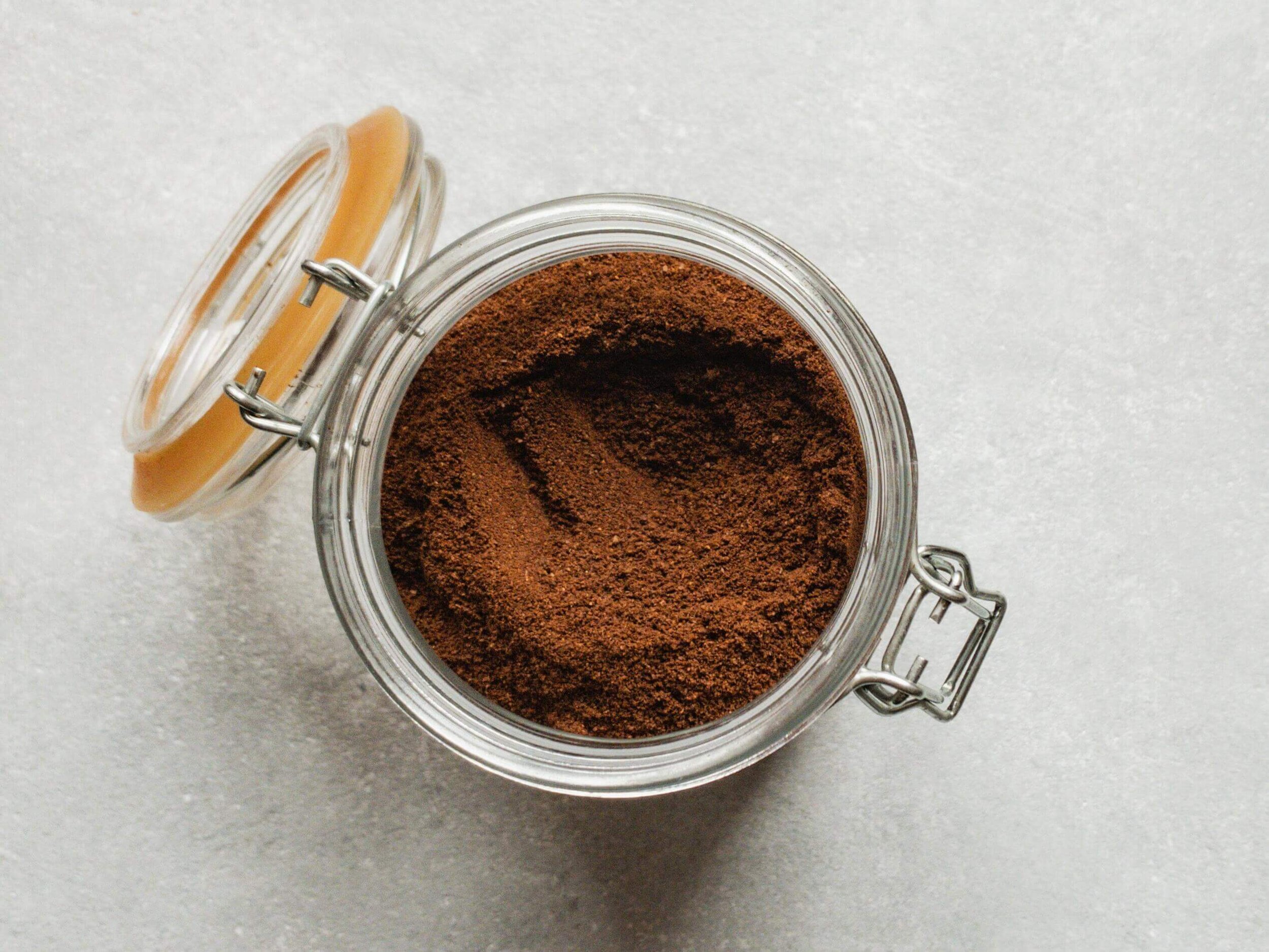
Final Thoughts:
- I hope this blog has helped illuminate the point that it is, in no way, difficult to obtain an adequate amount of protein on a vegan diet – even on a budget. With some proper planning (which you should do for any diet), you can easily satisfy your protein requirements, no matter what your level of activity is. So next time someone asks “Where do vegans get their protein?”, “How do vegans make sure they get enough protein?” or “Which vegan foods are high in protein?”, you know what to tell them.
- As a note on protein in general, people eat more protein than what is needed. Most official nutritional organizations recommend a fairly modest protein intake of 0.8 grams of protein per kg of body weight – which amounts to 56 grams of protein a day for sedentary men and 46 grams for sedentary women (however, if you are very active, this amount will need to be increased as appropriate). I do not believe the over consumption of protein comes purely from people wanting to gain muscle mass, but that people aren’t aware of the amount of protein they are already obtaining in the variety of plant-based foods that are consumed as part of their standard diet.
- It is important to highlight, once again, that the majority of the foods in the top 10 whole food sources of vegan protein are inexpensive. The narrative of a vegan diet being too expensive has to stop! Check out my blog here on the 6 Reasons Why The Vegan Diet Isn’t Expensive {2020}.
- With certain of the processed foods noted in this blog, the amount of protein can vary quite substantially between brands and products that you will find in shops. As always, we recommend checking the label to obtain the definitive amount of protein.
- I know, I didn’t include vegan protein powder in the list. It was too self-evident to mention 😉
- I used a reference of protein content per 100 grams for consistency between foods in this blog. However, the food that some people may choose to incorporate into their diet will be based on the protein content as compared to total calories. Please get in touch with me if you would like any help in working out which vegan sources of protein to incorporate into your diet if you are calorie conscious.
- In a future blog post, I will provide more information on the Amino Acid profiles of these foods (which to quickly mention, plants have every essential Amino Acid to varying proportions!), plant-protein digestibility, the benefits they have over meat, dairy and eggs and the dangers of justifying the consumption animal based sources of protein because they are a ‘complete protein’. So be sure to keep your eyes out for it!
Conclusion
So there you have it! Hopefully this list gives you some good tips of what to buy in your next shop to make sure you are getting healthy vegan sources of protein in your diet.
Which high-protein foods will you incorporate into your diet? Let me know by leaving a comment below.
And be sure to follow me on Facebook, Instagram and Pinterest and sign up to my Newsletter so you are notified when the next blog post or vegan recipe is out!

